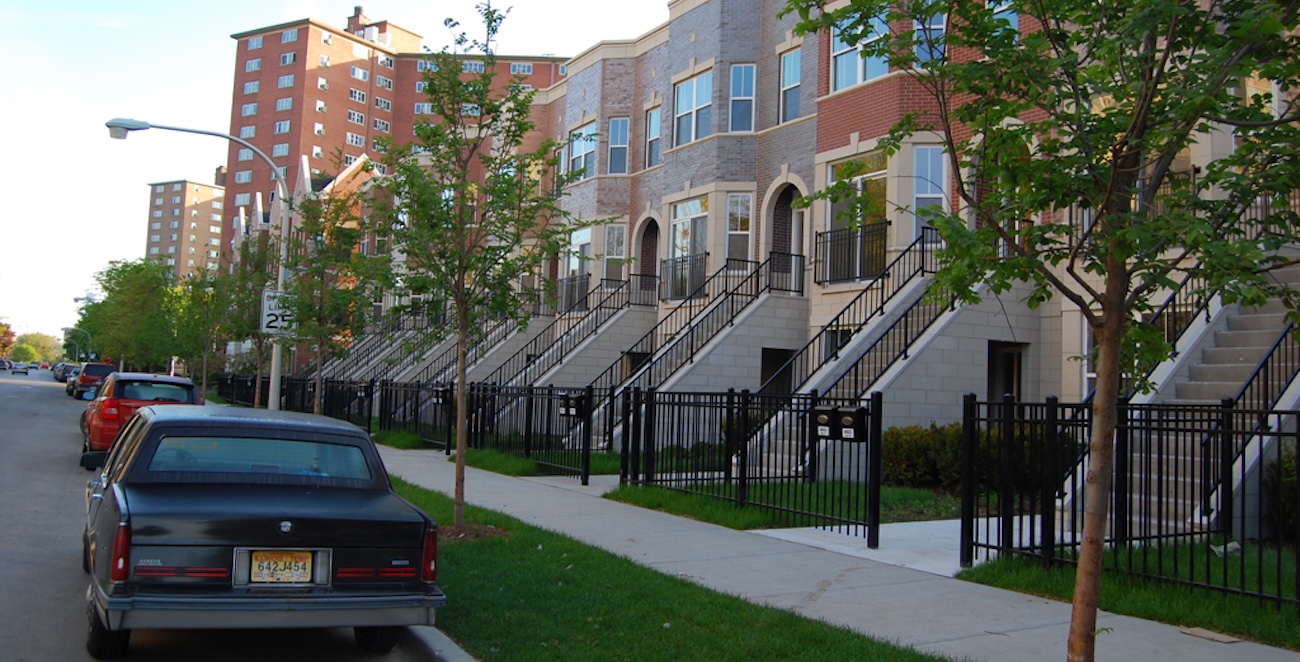Chicago is beautiful, vibrant and rich in arts and culture. So many corners of the globe are represented in the 77 neighborhoods that create the map of our City. The story of Chicago is the story of Indigenous Peoples, Immigrants, Migrants, and descendants of Enslaved Africans.
It is also the story of segregation and redlining. It is a story of a City that was not designed for all of its citizens. To undo that legacy of disinvestment and inequity it takes boots on the ground, amplifying community voices that have been silenced, centering arts and cultural resilience and undoing laws and policies that continue to under resource many of our Black and Brown neighborhoods.
The passing of The Connected Communities Ordinance on July 20th 2022 is a first step to change the way we grow as a city: making space for new neighbors in transit-rich areas; rebuilding disinvested transit areas to promote local jobs and ownership; and, putting people over cars to protect transit hubs from traffic violence.
Here is some of what the Connected Communities Ordinance does:
Creates and connects to jobs and spurs economic growth by allowing more homes and businesses near transit
- Extends TOD incentives to all corridors with high-frequency bus service and/or strategic potential for neighborhood development. Benefits apply within a 5-minute walk of the corridor.
- Ensures those benefits apply within a standard 10-minute walk of every CTA and Metra station —rather than just along ‘pedestrian designated streets,’ which are concentrated on the North side.
- Cuts one-size-fits all mandates to build parking for high density apartments near transit. Adding an above ground parking spot in Chicago costs $29,000 on average—but near rail stations, half of those parking spots go unused. By no longer forcing Chicagoans to add parking spots they don’t use, rents and purchase prices will be lower.
- Caps the amount of on-site parking in new residential developments at 1 spot per 2 units, with the ability to build up to 1 spot per 1 unit with administrative adjustment.
Makes streets safer for Chicagoans who walk, roll and ride
- Requires an administrative adjustment to build a new curb cut and driveway near rail stations.
- Requires that new developments prioritize pedestrian safety near rail stations.
Makes it possible to build more affordable housing faster and at lower costs in every neighborhood
- Requires that every affordable development in a high-cost area gets an up-or-down vote in Zoning Committee.
- Requires buildings receiving transit-oriented development (TOD) density incentives to build more affordable units (above the current requirements) and allows developments to swap parking for more affordable units.
- Eliminates on-site parking requirements for affordable housing—lowering development costs so residents don’t have to pay to store cars they’re less likely to own in the first place.
- Prevents deconversions in low-affordability communities and communities facing displacement— which means that affordable 3-flats can’t be gutted and turned into expensive single-family homes without a zoning change.
The Connected Communities Ordinance was years in the making. It was a lesson in the strength of collaboration, bringing together City departments, community-based organizations, climate change experts, racial equity advocates, transportation leaders, private and nonprofit developers, artists, and residents from all over Chicago. It was also a lesson in compromise. One of the most transformative parts of the ordinance, lifting the ban on two and three flats near transit, was removed for the ordinance to pass. This was a disappointing reminder that not all of our elected officials want a more affordable and equitable city. Some of them feel comfortable with the distribution of resources that support their wards at the expense of wards in Black and Brown communities.
CNT has no plans on backing down from the fight to center Equitable Transit Oriented Development (ETOD) in Chicago’s more equitable future. We will continue to build and support the strong partnerships that helped to pass this ordinance, and look forward to the next round of fighting for transformative policy at city hall.





 Strengthening Transit Through Community Partnerships
Strengthening Transit Through Community Partnerships